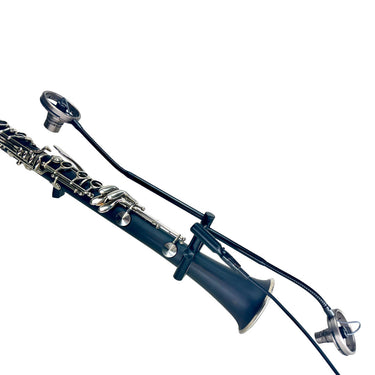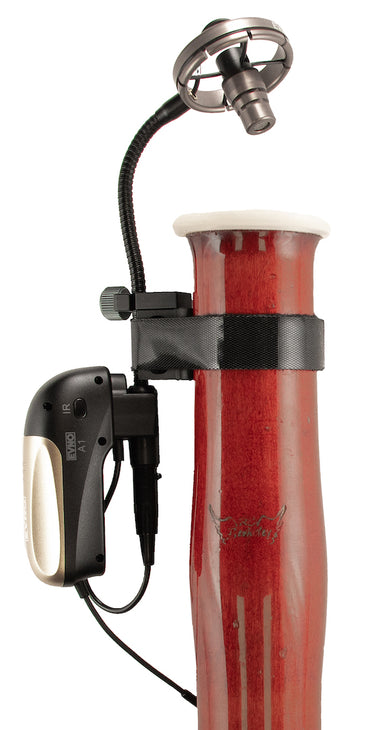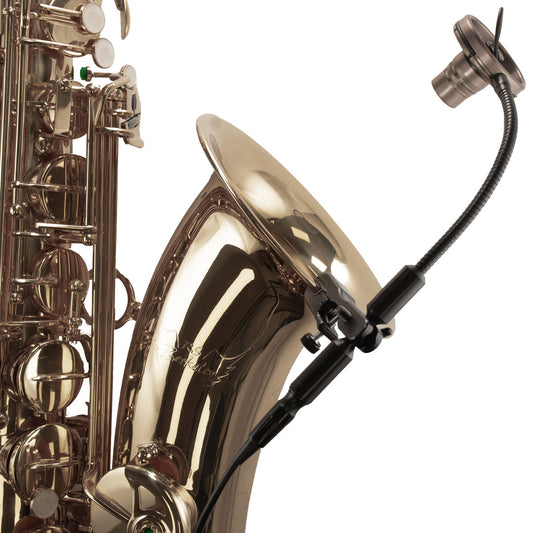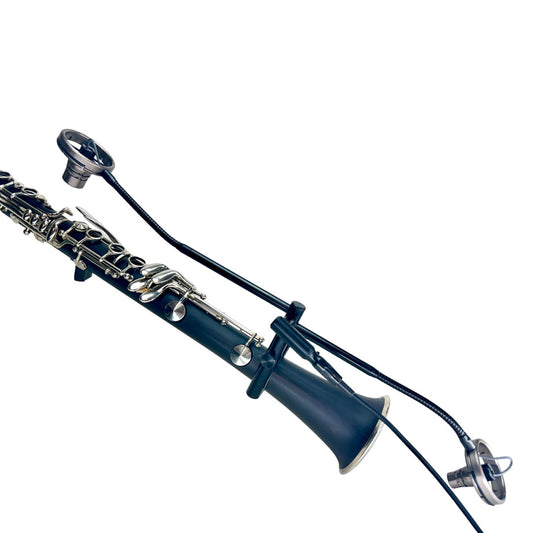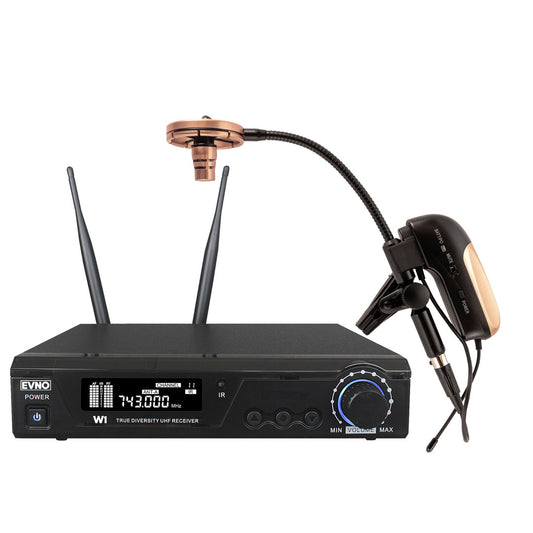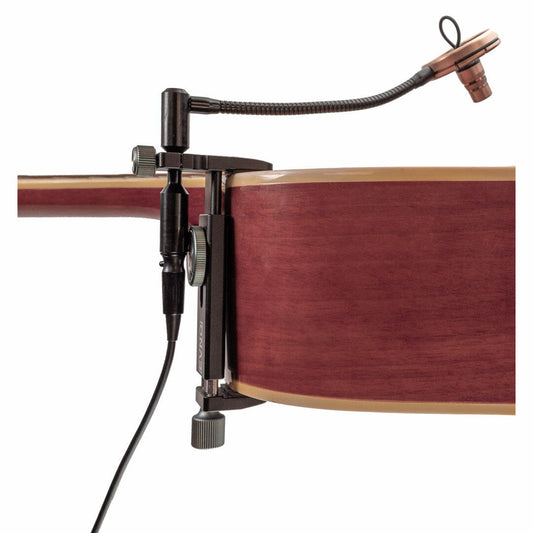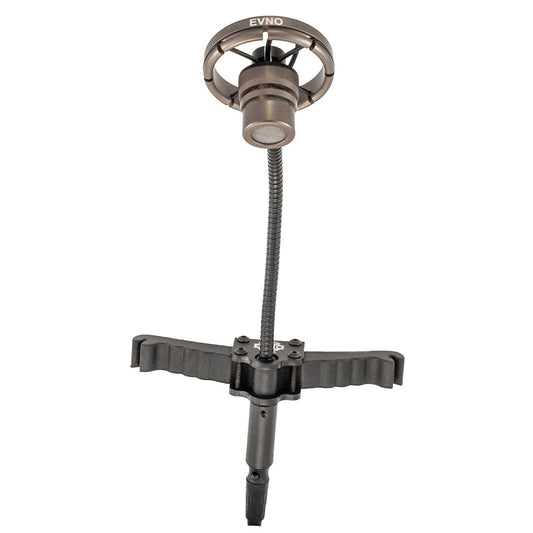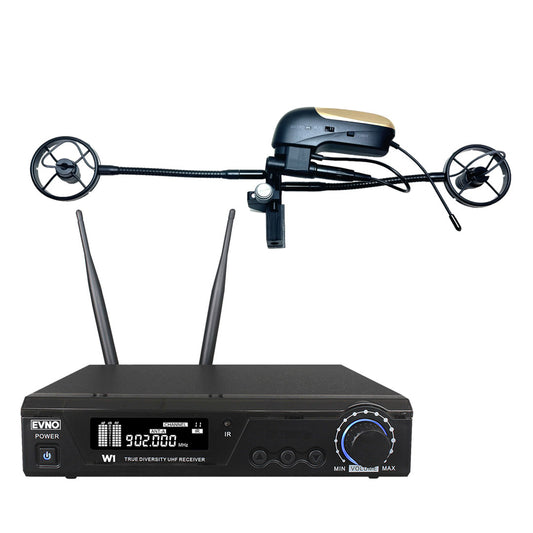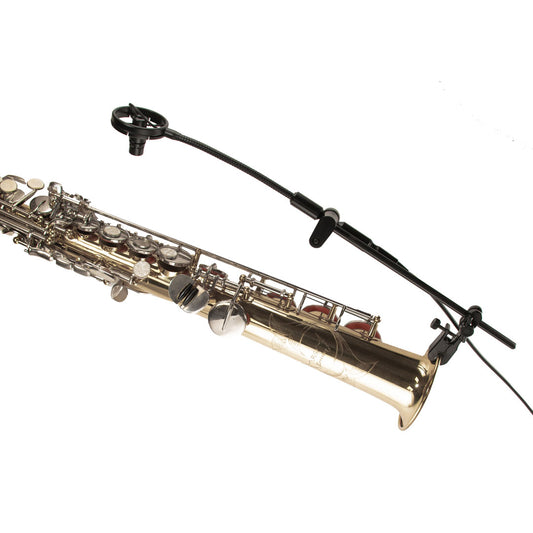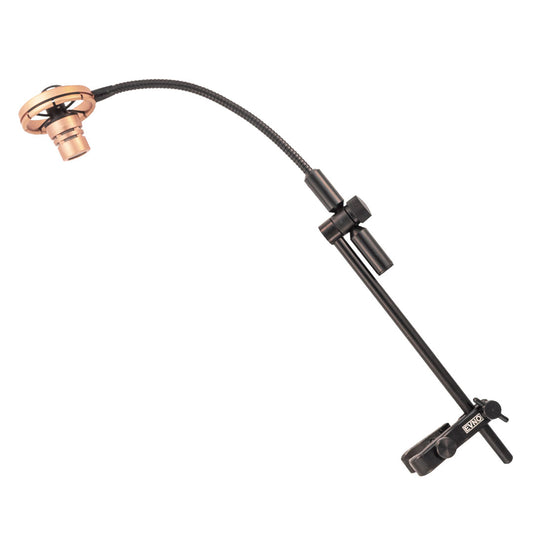Mastering Woodwind Instruments: Tips & Techniques for Aspiring Musicians
Woodwind instruments hold a special place in every orchestra, jazz band, and solo performance. From the warm, rich tones of the clarinet to the bright, airy notes of the flute and the soulful sound of the saxophone — woodwinds instruments bring every genre to life.
If you’re an aspiring musician or a hobbyist ready to level up your skills, mastering these beautiful instruments takes more than daily practice — it requires technique, dedication, and the right equipment.
In this guide, we share essential woodwind practice tips, proven techniques, and gear recommendations so you can play with confidence, clarity, and professional sound.
What Are Woodwind Instruments?
Woodwind instruments are a family of musical instruments that produce sound when air is blown through a mouthpiece, reed, or across an opening. Common examples include:
- Clarinet
- Saxophone
- Flute
- Oboe
- Bassoon
Each has its own tone, range, and playing technique — but they all require good breath control, embouchure, posture, and sound projection.
Tips for Mastering Woodwind Instruments
Focus on Breath Control
Your breath is your power source. Practice long tones daily to strengthen your lungs and develop steady airflow. Proper breath support creates a rich, stable sound across all registers.
Improve Your Embouchure
Embouchure (how you shape your mouth and lips) is critical for woodwinds. Practice mouthpiece exercises to build muscle memory and prevent fatigue.
Develop Good Posture & Hand Position
Sit or stand tall, keep shoulders relaxed, and ensure your hands are curved naturally. Good posture not only improves your tone but prevents strain and injury.
Use Quality Reeds & Maintenance Tools
For reed instruments like the clarinet or sax, quality reeds make a huge difference. Always have spares, rotate them regularly, and store them properly.
Upgrade Your Microphone for Better Recording
Whether you’re performing live or recording practice sessions, a high-quality microphone for woodwind instruments captures your tone accurately. Invest in a mic that reduces breath noise and highlights your instrument’s natural warmth.
Explore our hand-picked Clarinet Collection for gear trusted by musicians worldwide.
Practice with Purpose
Rather than just playing songs start to finish, break down tough passages, use a metronome, and record yourself to spot areas for improvement.
Perform Regularly
Join an ensemble, play at open mics, or record yourself for friends and family. Performing under pressure helps you grow as a musician.
Choosing the Right Gear for Woodwinds Instruments
At Evno Microphones, we’re dedicated to helping musicians sound their best. Whether you play clarinet, sax, or flute — the right microphone and accessories help you stand out with clear, professional audio.
Explore our curated collection of clarinet microphones & gear to take your practice and performance to the next level.
Frequently Asked Questions (FAQs)
Q1. Which woodwind instrument is best for beginners?
A: The clarinet and flute are popular beginner choices due to their manageable size and versatile sound.
Q2. How do I choose the best microphone for woodwind instruments?
A: Look for mics designed for wind instruments — they reduce breath noise and handle wide dynamic ranges. Clip-on mics are great for live performances.
Q3. How can I make my woodwind practice more effective?
A: Set clear goals, practice scales daily, break down challenging sections, and use recording tools to listen and adjust.
Q4. Where can I buy clarinet gear online?
A: You can find trusted clarinet microphones, accessories, and more in our Clarinet Collection.
Final Thoughts
Mastering woodwind instruments takes dedication, technique, and the right tools. From daily breath work to choosing the perfect microphone, every step brings you closer to playing with confidence and clarity.
Ready to sound your best? Explore our Clarinet Collection and equip yourself for success.
Happy playing!







